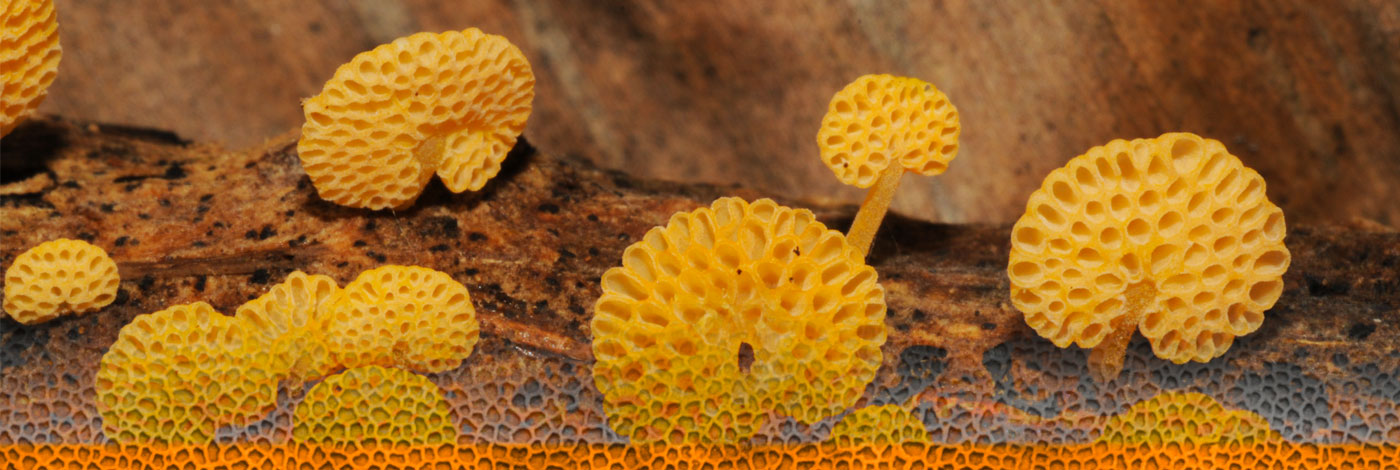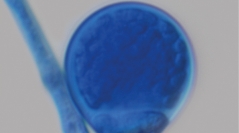

 Cryptogamie, Mycologie
42 (4) - Pages 39-61
Cryptogamie, Mycologie
42 (4) - Pages 39-61Species of Absidia Tiegh. (Mucorales) are commonly isolated from soil, dead plant materials and dung. The genus is of interest in industrial and medical fields due to the presence of active compounds and secondary metabolites. Absidia species are typically characterized by an arcuate stolon with rhizoids, zygospores with appendaged suspensors and columella with apical projections. Characterization and description of novel Absidia species are unprecedented in Thailand. During our field visits to explore soil fungi in northern Thailand, topsoil samples from a tropical mixed forest in Chiang Mai were collected. Four strains of Absidia were isolated from the soil samples. Initial morphological characteristics revealed that four strains represent two new species. Phylogenetic analysis of combined ITS, SSU, LSU, and ACT-1 sequence data revealed that the two new species are phylogenetically distinct. Microscopic investigations indicated that the new species, Absidia soli V.GHurdeal., E.Gentekaki., H.B.Lee & K.D.Hyde, sp. nov. produces larger sporangia (16-51 × 15-45.5 μm) and columella (7.5-12.5 × 9-24 μm) than Absidia edaphica V.GHurdeal., E.Gentekaki., H.B.Lee & K.D.Hyde, sp. nov. (30.5-35.5 × 24-27 μm and 5-9.5 × 6.5-20 μm respectively). Both species have short cylindrical to cylindrical and hyaline sporangiospores. The sizes of the spores for A. edaphica sp. nov. and A. soli sp. nov. are 3.5-5.5 × 2-3.5 μm and 3-4.5 × 1.5-2.5 μm respectively. Mycelial growth in four media, namely malt extract agar (MEA), potato dextrose agar (PDA), corn meal agar (CMA) and yeast malt agar (YMA) were measured. Both species grow in the range of 4 to 30°C, but not at >37°C. DNA sequence analyses based on wider taxon sampling and LSU dataset revealed that there is a high phylogenetic diversity of species of Absidia.